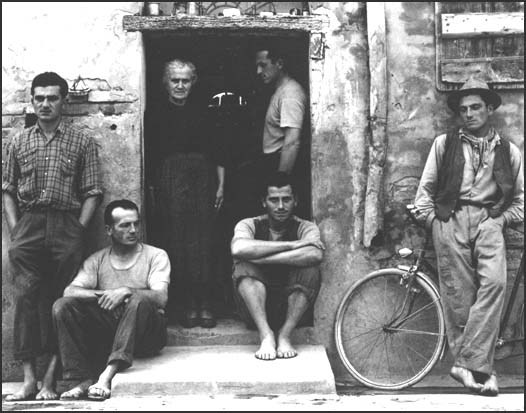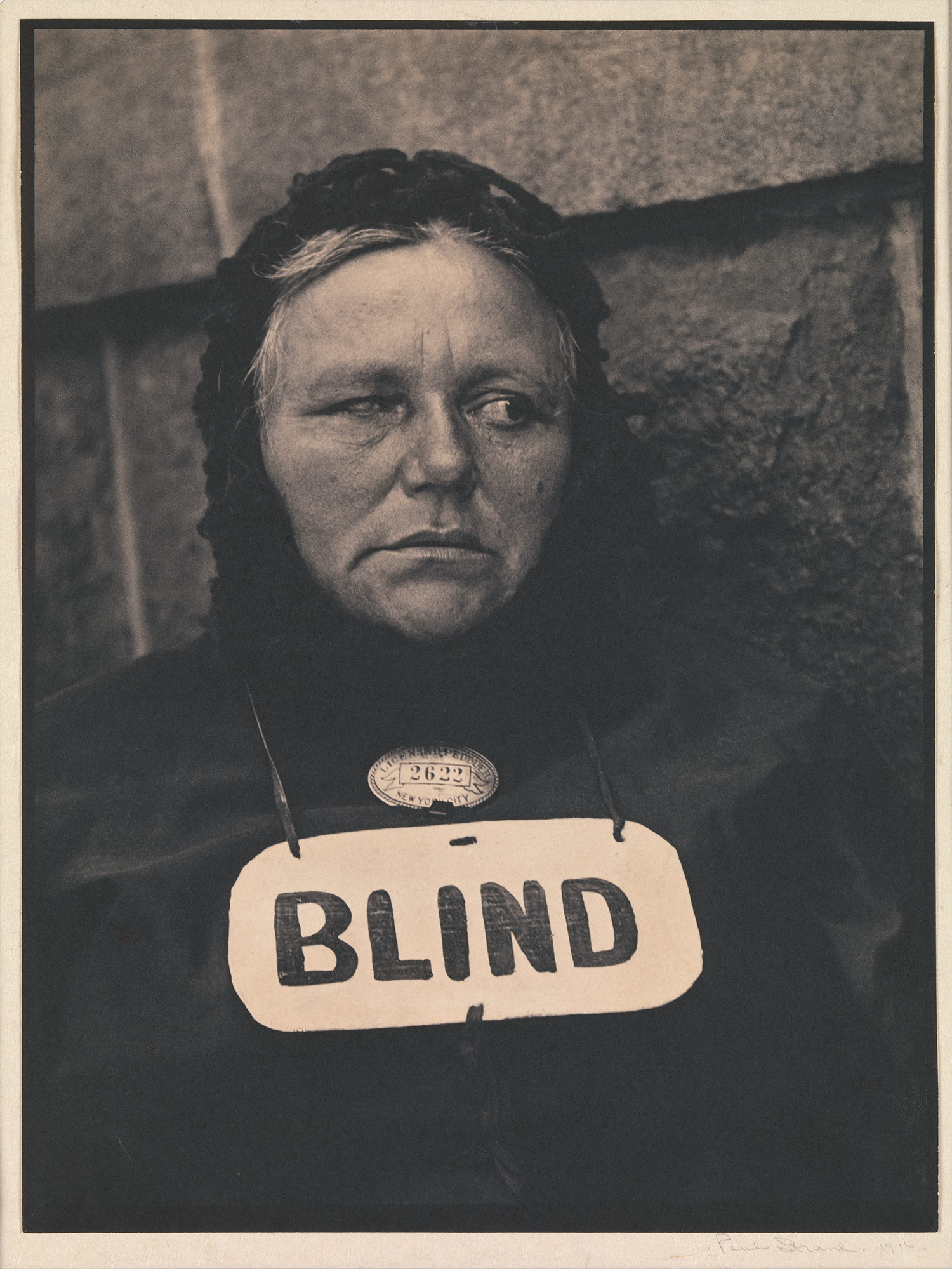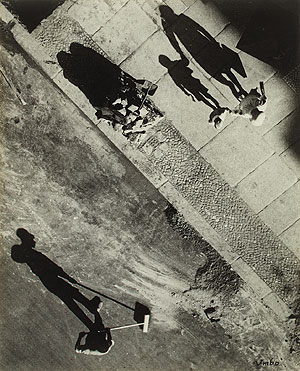Developing film
I was lucky enough to have been able to use and learn about the darkroom rules in college, so i was quite familiar with it. But it was good to refresh my mind with everything. I was a bit torn at first because of being shown two different techniques of developing, but i guess i just went with the technique i felt more comfortable with.
Like these pictures shows, you measure 75ml of developer and dilute that with water to 300ml, pour in to dev tank. With a thermometer check the temperature, it must be 20°c.Once the temperature is at 20°c pour the developer in your dev tank, agitate for a minute and let it rest for 10 second do this for 20minutes. Then through the developer away after the 20mintues and pour stop bath in the dev tank, i don't really measure this i just pour it in until i think its enough. Agitate this for 20seconds but i sometimes leave it in for longer for maybe a minute or two. The stop bath and fixer can be reused so once the 20seconds or longer is up pour it back in the bottle. Then pour the fixer in, again i don't really measure how much i put in. I leave this in for about 5minutes, agitating it for every minute until i need to pour it back in the bottle. And wash the film in clean water for 20minutes i normally leave it in a little longer just to make sure all the chemicals have washed off so about 25-30minutse i don't leave it in any longer then that.
 |
 | |
Over all I've actually developed four strips of film but only two of them came out, well one and a half the picture on the right, only half of the film developed. I'm not quit sure whats happened, at first i thought that i put the film in my camera wrong but then i was told that maybe I've over exposed my picture but i thought when you do that there's still some sort of out line of your subject on the negatives and not just a blank strip but I'm not sure.
Weirdly enough its still been fun getting it wrong, even though its also frustrating because you've lost all of your images.
Printmaking
With printmaking you would use the same chemicals as you would when developing film, only your experimenting with an enlarger and using test trips to help you determine what exposure is the correct one.
With this process i've learnt new ways of enhancing
the contrast of my prints with filters and my hands (Dodge and Burn).
Although i haven't actually used the technique with my hands yet, I've
been experimenting more with the filters and seeing the different
effects i can get, i think its a very hands on technique (see what i did there?).
I think that's what makes the darkroom process so magical, you wouldn't
get the sort of creative self editing you could say, with digital. Your
putting yourself in the process of developing your prints, which is
kind of cool :).
 |
| Print 2 |
 |
| Print 1 |
 |
| Final print |
So this is one of my prints, as you can see print 1 is over exposed its on 15 seconds intervals and i didn't use any filters on it. I was happy with the blacks being exposed for 15 seconds but the whites where just blown out so i lost some of the detail. Print 2 was also exposed for 15 seconds but i used a 00 filter which helps to enhance the whites and bring the detail back. First exposing my image for 15 seconds without the filter then exposing it for another 25 seconds with the filter. You can see that some of the detail is starting to come back but its still over exposed, so i went up another two stops and got 35. Again exposing my image for 15 seconds without the filter, then with the filter for another 35 seconds and i got my final print. (the corner still looks over exposed on the picture but i think that's just off the scanner)
I do like my print but i think i could have work on it more and made the contrast more stronger. On its own it look good but put next to this print it doesn't look so good any more.
I used the same technique with this print as my other one, using the 00 filter. The first print i did of this images was the wrong way and i didn't actually notice until i had the right amount of seconds for the exposure (bit embarrassing).
The same with this print as well i didn't notice i printed it the wrong way until i had everything right for the exposure.
I'm happy with my prints so far, I'm excited to develop more and see how they turn out. I think I'm going to keep the theme I've stared and try to expand on it.


















